Significance
During the years of Japanese rule over Taiwan, Taipei city had three large Japanese-style Buddhist temples with large main halls (called hondo in Japanese), namely Shandao Temple, Donghe Zen Temple, and Rinzai Zen Buddhism Temple. The largest of these was Shandao Temple, which was rebuilt as a tower block in 1981. The Donghe Zen Temple was likewise demolished in 1993 by the city government, leaving behind only a lone bell tower. Thus, Rinzai Temple became the only remaining Japanese Buddhist temple in Taipei with Northern and Southern Dynasties’ architectural style (also sometimes believed to be similar to the style of the Song Dynasty), with a hip-and-gable roof and double eaves (zhòngyán xiēshān). Being the oldest remaining wooden Japanese Buddhist main hall, it is of high value and well worth preserving.
History
Rinzai Temple was actually a branch of the Rinzai school of Japanese Zen Buddhism. It was given the name Chin'nanzan Gokokuji Temple, the only temple named Gokokuji (Guardian of the Nation) in Taiwan. Its construction began in 1900 and it was completed in 1911, with the opening ceremony held the following year. During Japan’s rule over Taiwan, many schools of Japanese Zen Buddhism were introduced to Taiwan. However, the Governor-General of Taiwan at the time, Kodama Gentarou, preferred the Rinzai school and chose it to administer the Gokokuji Temple. Monk Iori Genshu was invited to be the first abbot and served until Taiwan’s retrocession, after which the position of abbot was filled by Chinese monks. Rinzai Temple is located on the banks of the Keelung River. It is surrounded by beautiful mountain and riverine vistas. The temple itself, including the old entrance and the Main Hall, has been well preserved in its original state. In 2007, Rinzai temple underwent a large-scale renovation to restore the Main Hall’s architecture. Flat, black roofing tiles and semi-cylindrical convex roofing tiles were specially ordered from Japan to rebuild the roof in traditional Japanese pan-and-roll style (hongawarabuki). Construction also incorporated Taiwan Cypress wood from Cilan Mountain, Yilan County.
Special Features
1Layout of the Main Hall The design of Rinzai Temple is typical of Buddhist temples found in the Japanese Edo period. It is also the oldest remaining wooden structure built in Taiwan during the Japanese rule. Visitors can smell the aromatic balm of the Taiwan Cypress it is built of as they enter the main hall. The roof of the Main Hall is an East Asian hip-and-gable roof with double eaves (zhòngyán xiēshān). The stone pillars and balustrades of the Main Hall are inscribed with the names of deceased Japanese people as a way to entreat Buddha’s protection. Above each of the deities worshipped in the Rinzai Temple’s Main Hall is a wooden plaque inscribed with a mantra appropriate to the deity. The plaques, created by an unknown artist, appear to date back to a long-ago era. The main deity is Gautama Buddha, above whom is hung the mantra “Compassionate and Kind (cíbēiwéihuái).” The secondary deity to the right is Guanyin Buddha, or Goddess of Mercy, with the mantra “Transcend Beyond Time (xiànshòuzhěxiàng)” above Her. To the left is Ksitigarbha (Dìzàng) Buddha, often called Earth Treasury, who is given the mantra “Commandments and Longevity (jièshòubìngzūn).”
The design of Rinzai Temple is typical of Buddhist temples found in the Japanese Edo period. It is also the oldest remaining wooden structure built in Taiwan during the Japanese rule. Visitors can smell the aromatic balm of the Taiwan Cypress it is built of as they enter the main hall. The roof of the Main Hall is an East Asian hip-and-gable roof with double eaves (zhòngyán xiēshān). The stone pillars and balustrades of the Main Hall are inscribed with the names of deceased Japanese people as a way to entreat Buddha’s protection. Above each of the deities worshipped in the Rinzai Temple’s Main Hall is a wooden plaque inscribed with a mantra appropriate to the deity. The plaques, created by an unknown artist, appear to date back to a long-ago era. The main deity is Gautama Buddha, above whom is hung the mantra “Compassionate and Kind (cíbēiwéihuái).” The secondary deity to the right is Guanyin Buddha, or Goddess of Mercy, with the mantra “Transcend Beyond Time (xiànshòuzhěxiàng)” above Her. To the left is Ksitigarbha (Dìzàng) Buddha, often called Earth Treasury, who is given the mantra “Commandments and Longevity (jièshòubìngzūn).”
2The Gate of the Old Bell Tower
 The old bell tower gate beside the Main Hall is one of the few structures in Taiwan built in the Japanese Edo Period style. The roof of the gate also features a hip-and-gable roof with double eaves (zhòngyán xiēshān), which incorporates Japanese Black tiles, barrel tiles, and “Japanese ogre tiles” (known as onigawara in Japanese). The word “guard” (鎮; zhèn) is written on the semi-cylindrical tiles of the Main Hall, signifying protection against evil influences and ill winds. A heraldic emblem depicting two lines and three stars is inscribed on the semi-cylindrical tiles of the bell tower. It is said to be the family crest of Governor-General Kodama Gentarou.
The old bell tower gate beside the Main Hall is one of the few structures in Taiwan built in the Japanese Edo Period style. The roof of the gate also features a hip-and-gable roof with double eaves (zhòngyán xiēshān), which incorporates Japanese Black tiles, barrel tiles, and “Japanese ogre tiles” (known as onigawara in Japanese). The word “guard” (鎮; zhèn) is written on the semi-cylindrical tiles of the Main Hall, signifying protection against evil influences and ill winds. A heraldic emblem depicting two lines and three stars is inscribed on the semi-cylindrical tiles of the bell tower. It is said to be the family crest of Governor-General Kodama Gentarou.
3Large Whetstone of Non-Attachment In front of Rinzai Temple is a large manmade whetstone with the words “Non-attachment” (based on the teaching “You Should Produce the Thought Which Abides Nowhere” of the Diamond Sutra) written on it. The stone was discovered during the expansion of Rinzai Temple in 1918. It was later confirmed to be a whetstone used by prehistoric humans. In 1935, Taiwan’s Governor-General’s office made the decision to preserve the stone and its site, the Yuanshan Shell Mound, as important historic artifacts. The stone, however, was lost during World War II. Sometime in 1953 or 1954, archaeology instructors and students from National Taiwan University discovered several culture layers, among which was the Yuanshan Culture and the Corded Ware Culture, at the site. In 1975, the Taipei City Archives Committee conducted an in-field investigation and speculated that the stone carved with the words “Non-attachment” found outside the temple’s old entrance was actually the large whetstone that had been previously unearthed. They then carved a brief record of the stone’s history onto its back.
In front of Rinzai Temple is a large manmade whetstone with the words “Non-attachment” (based on the teaching “You Should Produce the Thought Which Abides Nowhere” of the Diamond Sutra) written on it. The stone was discovered during the expansion of Rinzai Temple in 1918. It was later confirmed to be a whetstone used by prehistoric humans. In 1935, Taiwan’s Governor-General’s office made the decision to preserve the stone and its site, the Yuanshan Shell Mound, as important historic artifacts. The stone, however, was lost during World War II. Sometime in 1953 or 1954, archaeology instructors and students from National Taiwan University discovered several culture layers, among which was the Yuanshan Culture and the Corded Ware Culture, at the site. In 1975, the Taipei City Archives Committee conducted an in-field investigation and speculated that the stone carved with the words “Non-attachment” found outside the temple’s old entrance was actually the large whetstone that had been previously unearthed. They then carved a brief record of the stone’s history onto its back.
4Grave of Iori Genshu and Stone Statues of BuddhaAlong the stone staircase behind Rinzai Temple is a stone statue of the Guanyin Buddha. Nine additional stone Buddhas are found in the open plaza in front of the Ten Thousand Souls Columbarium Tower (wànlíngtǎ). These are all that remain of the original eighty-eight statues, a replica of the eighty-eight stone Buddhas of Japan’s Shikoku Prefecture. Next to these statues is the grave of Iori Genshu, the first abbot of Rinzai Temple.
Reminders
Rinzai Zen Buddhism Temple is located next to Yuanshan Metro Station. The environment is quiet with few visitors during the weekdays. Faithful crowds gather in the temple for the Ten Thousand Buddha Dharma Assembly (wànfófǎhuì) during the first month of the lunar calendar, the Ksitigarbha Dharma Assembly (dìcángfǎhuì) in July, and the Amida Buddha Dharma assembly (mítuófǎhuì) in November.
Panoramic
Directions